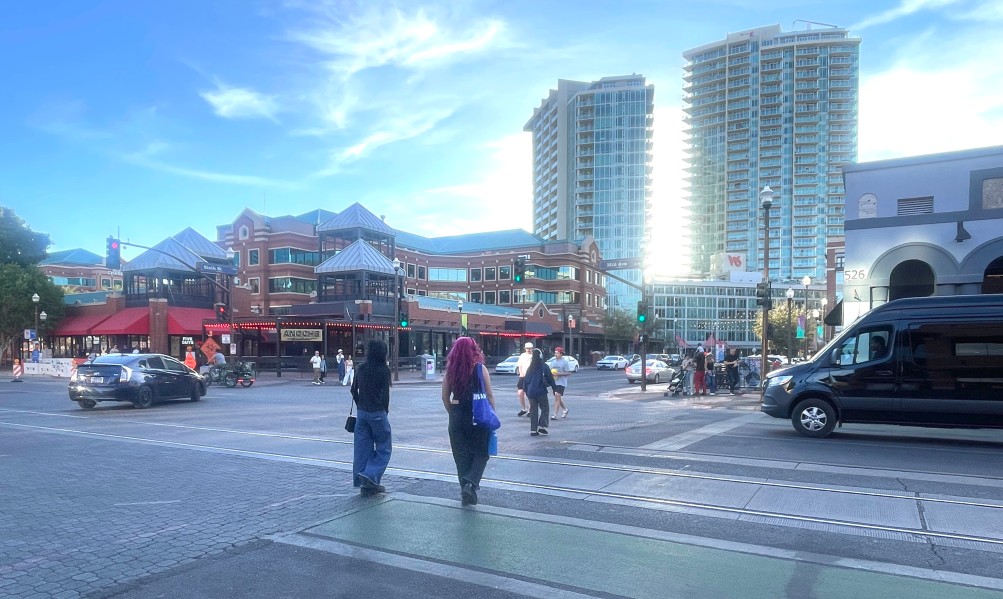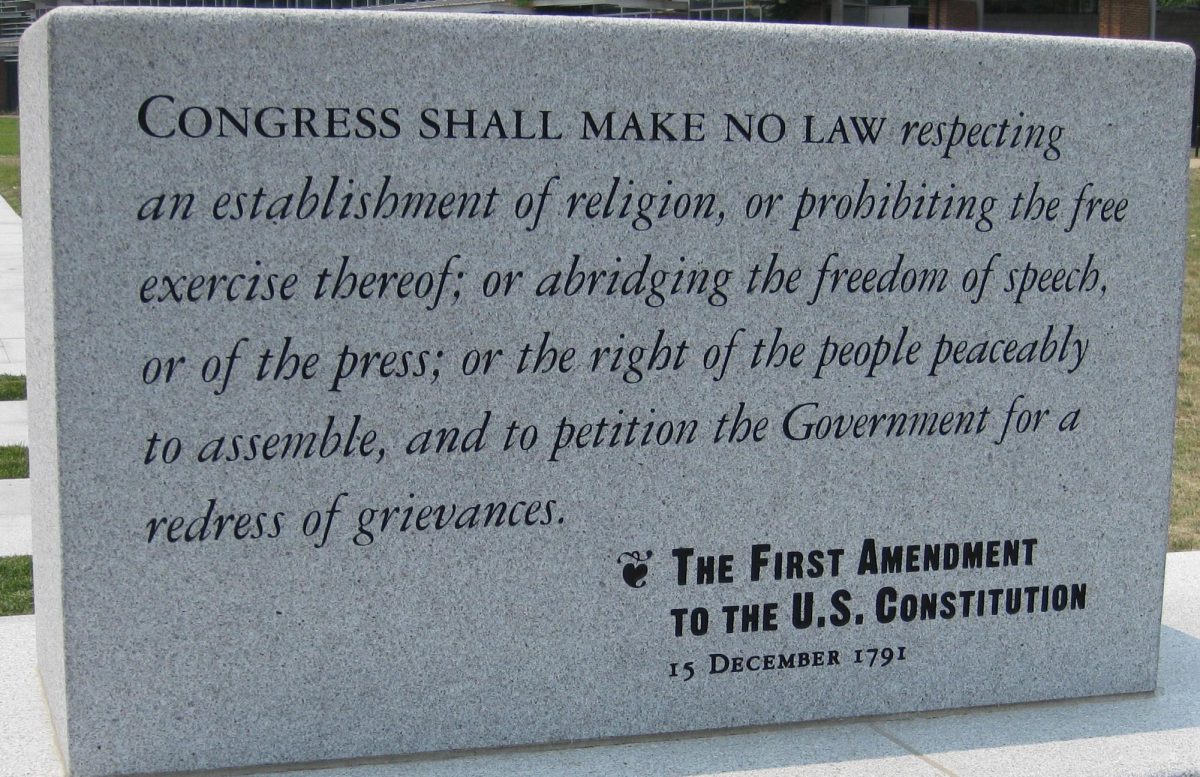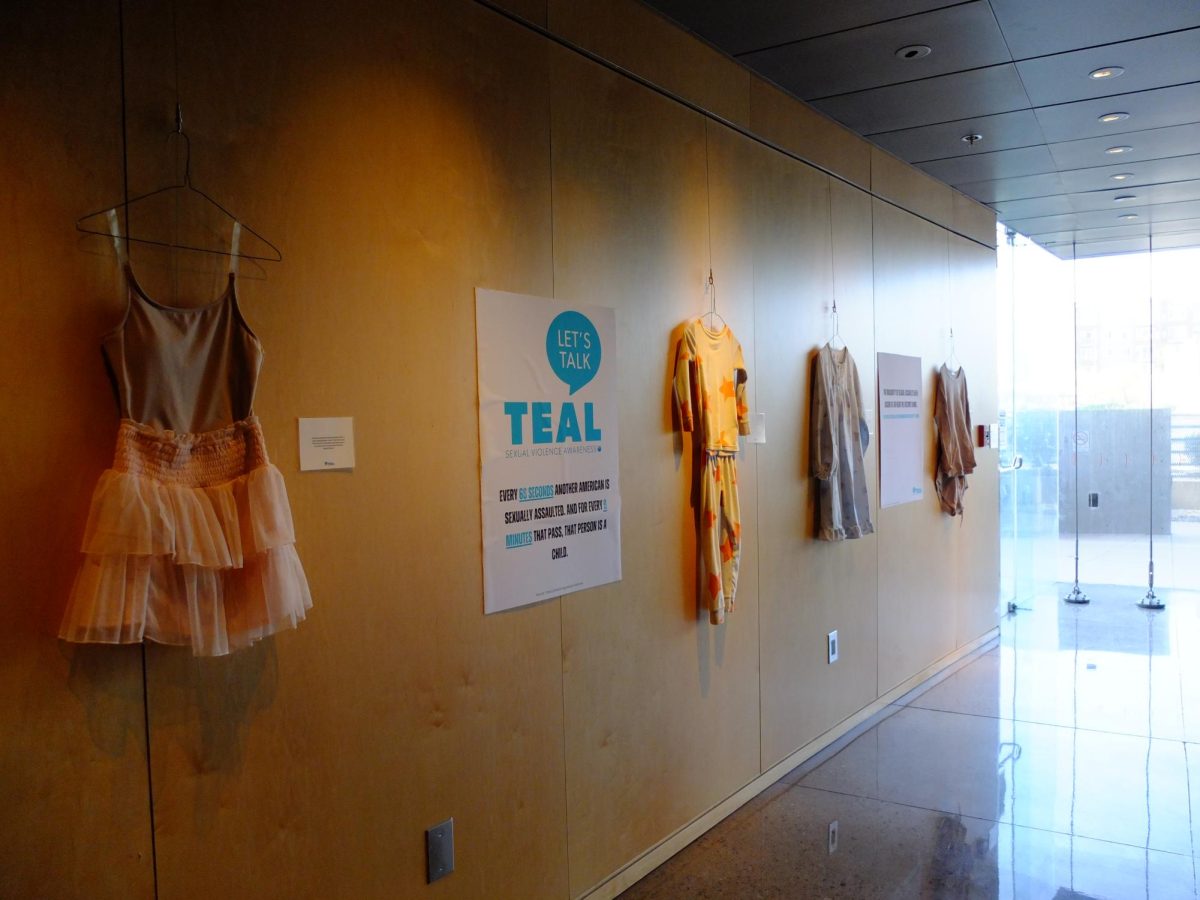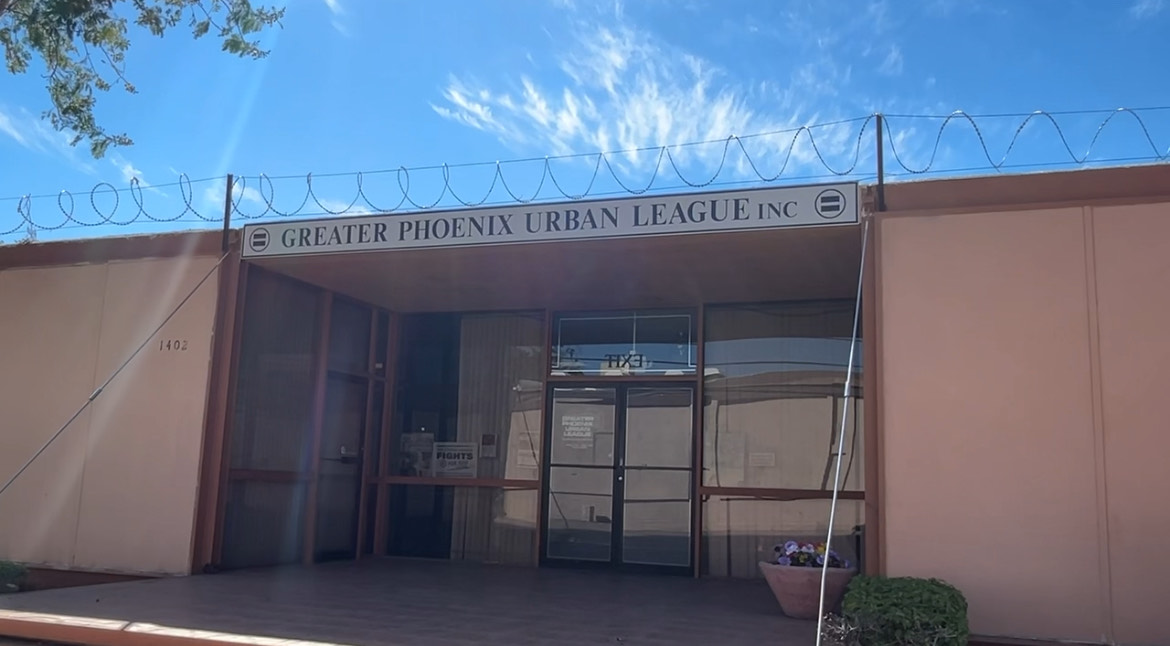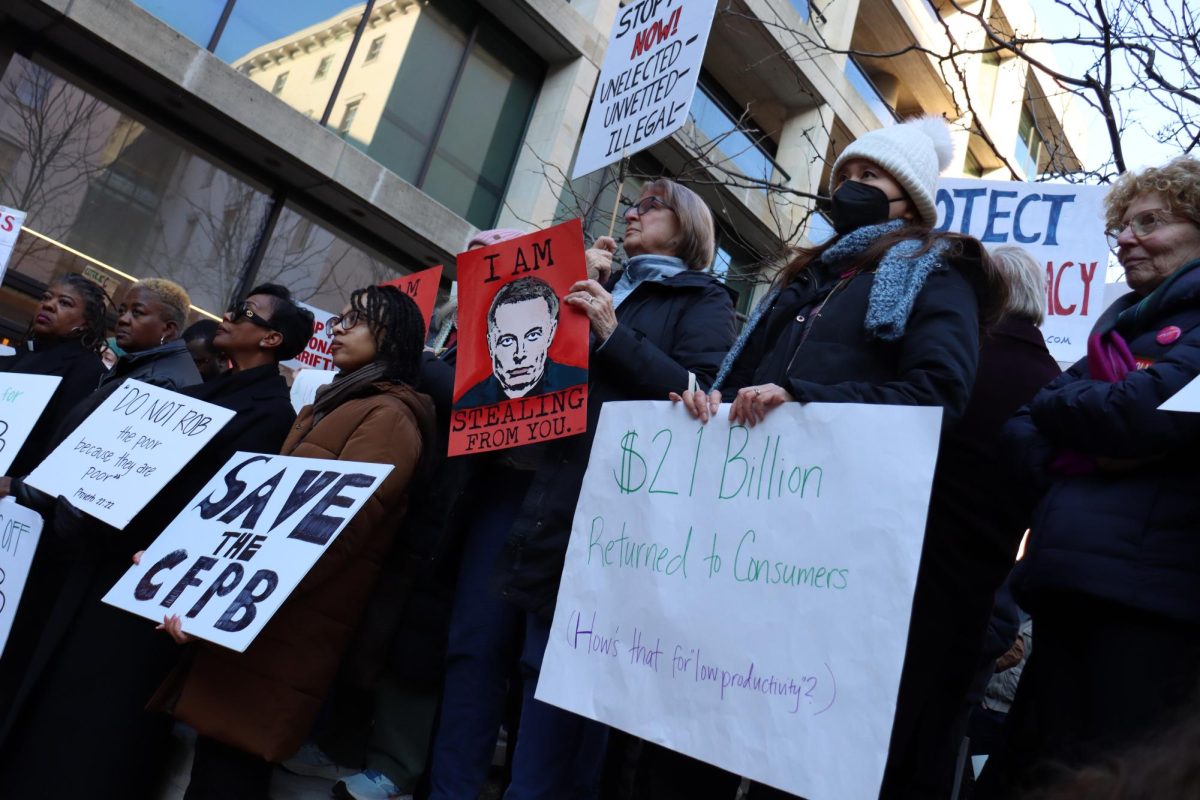“Tempe Arizona reportedly ranks as the No. 6 relocation destination among suburbs nationally,” the ranking cites its vibrant downtown, thriving arts scene and robust job market as key factors behind its popularity. The data was collected from moveBuddha’s Moving Cost Calculator between Jan. 2024 and Feb. 2025 for “moves planned in 2025.”
To gain local perspectives on this recognition, Northeast Valley News spoke to three people with ties to Tempe.
Linda Baumgardner, a Tempe resident since 1996, appreciates the city’s convenience. “I’ve lived in Tempe since 1996. I like it. It’s so convenient,” Baumgardner said.
Easy access to major freeways was a major selling point when she and her husband moved to Tempe from Scottsdale.
She expressed concern about the level of policing. “I don’t like that there’s just not enough policeman around. This place should be patrolled more than it is”.
Thane Eichenauer, another Tempe resident, said he’s lived in Tempe “Since I was brought back from the medical center 57 years ago. One thing I like about Tempe is everybody treats me well”.
Eichenauer, who has a background in technical support for computers, was pleased with the ranking. “Number six in the country? Sure. But not Phoenix or Scottsdale,” he added, noting that he feels safer in Tempe than in Phoenix.
Scott Vaughn, an employee at the Tempe Marketplace Barnes & Noble isn’t a resident, but he’s observed Tempe’s growth and changing demographics from working at the location since the Marketplace opened in 2007. Vaughn said that an increase in the popularity of books on TikTok has led to an influx of increased sales at the bookstore, along with games and toys.
“It’s a pretty high number, 6th in the country,” he said. “Tempe is only so big. As far as a neighborhood place to move to, it does feel landlocked”.
Data from the U.S. Census Bureau shows that Tempe has experienced considerable growth and development since 2020, driven by strategic planning and focus on key industries. The data also reveals that Tempe’s population increased from 180,587 in 2020 to an estimated 189,834 in 2023, reflecting a 5.1% growth over three years.
The population surge is complemented by economic expansion, says the website for the City of Tempe, where the Economic Development Department highlights Tempe’s thriving environment in attracting top research firms, Fortune 500 companies, and startups.
Arizona State University contributes significantly to Tempe’s economy as well.
A 2020 report from ASU’s L. William Seidman Research Institute indicated that spending by the university, its employees, and students in fiscal year 2019 supported over 26,000 jobs, generated $1.6 billion in labor income, and added $2.2 billion to Tempe’s gross city product. By November 2024, jobs increased to 55,658, labor income increased to $3.8 billion, and added gross product in the amount of $6.1 billion.
Looking ahead, the Maricopa City of Governments (MAG) in August 2023 anticipates the city of Tempe to have a 38% population increase by 2060, projecting the number of residents to rise from 167,400 in 2022 to approximately 269,700.


